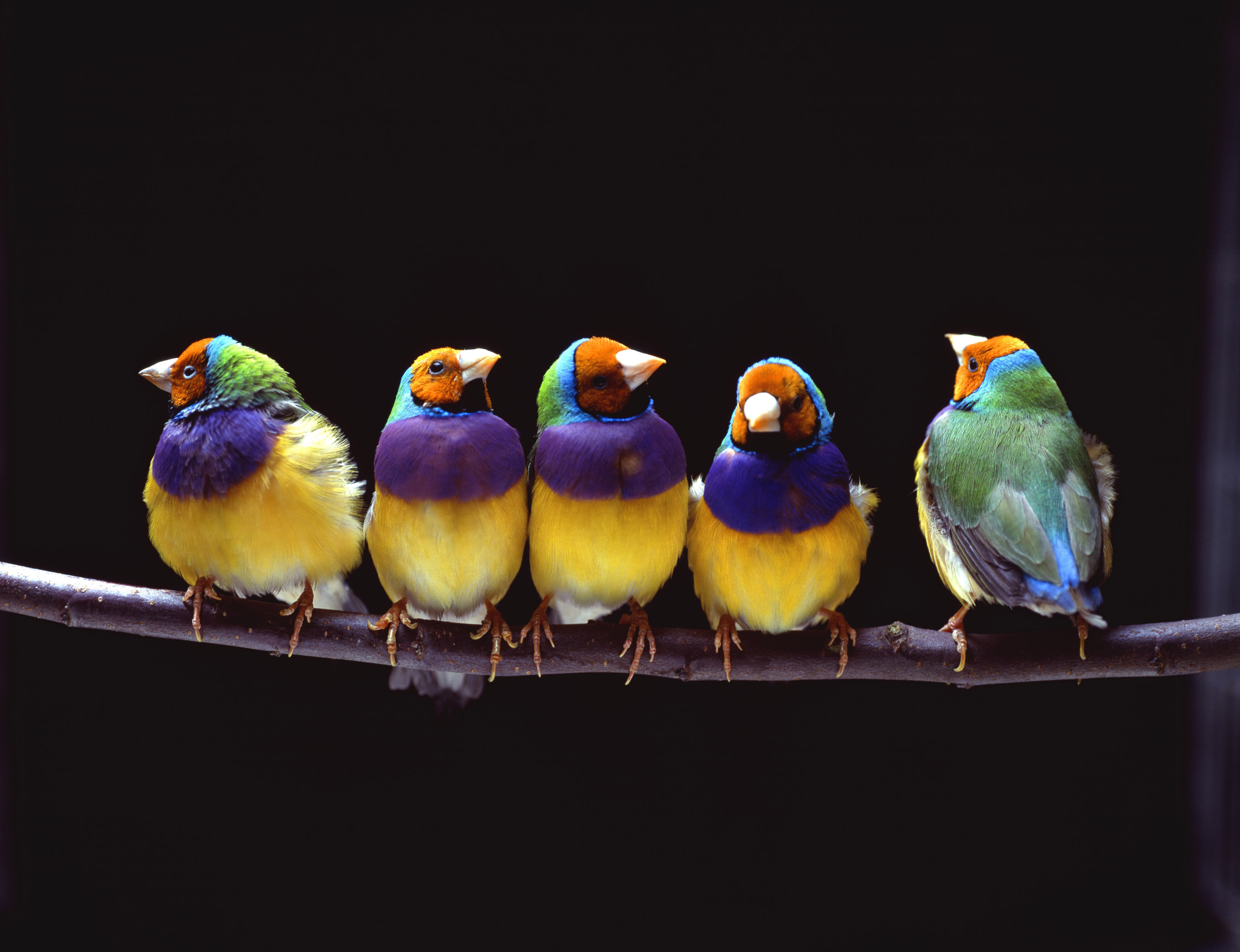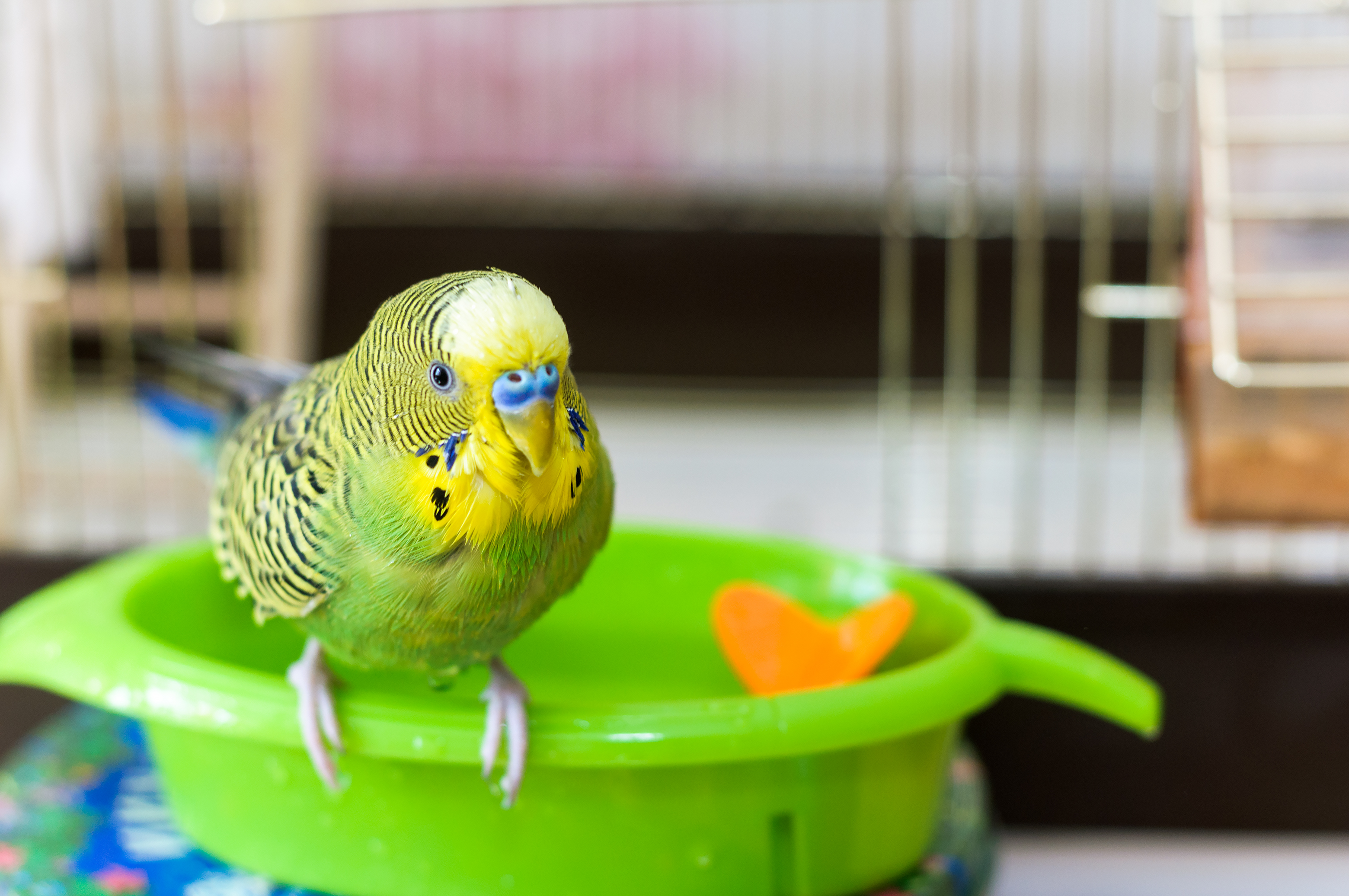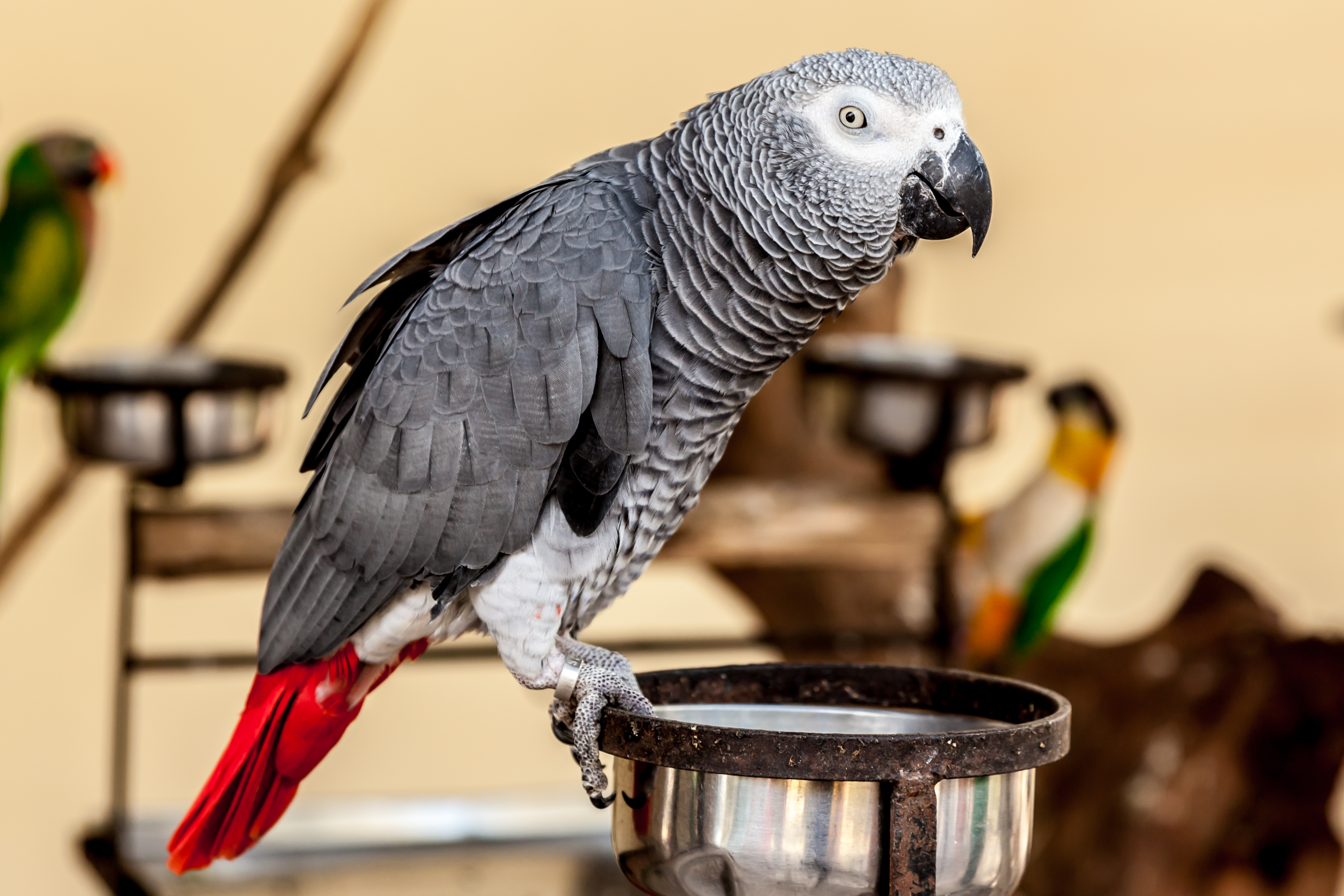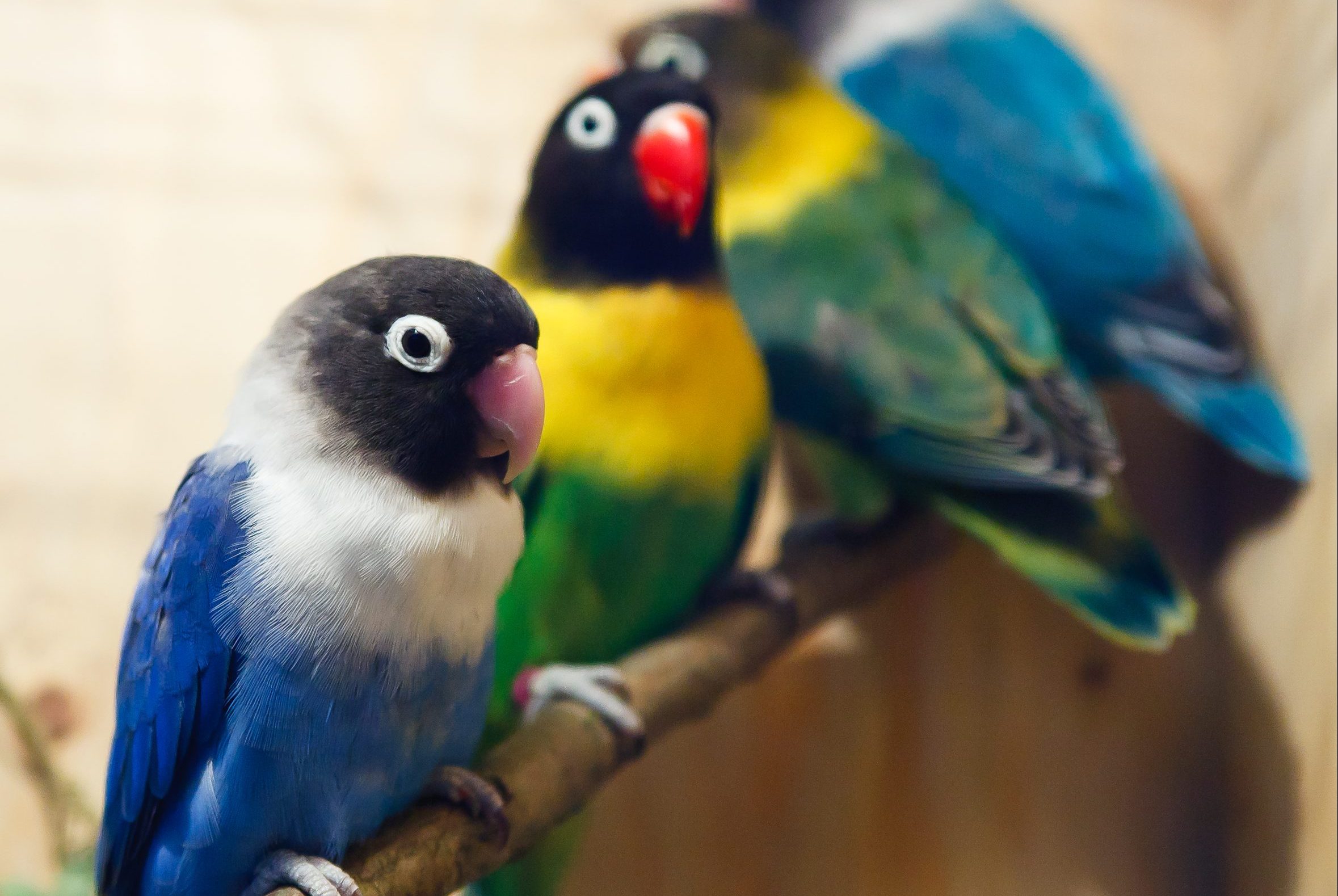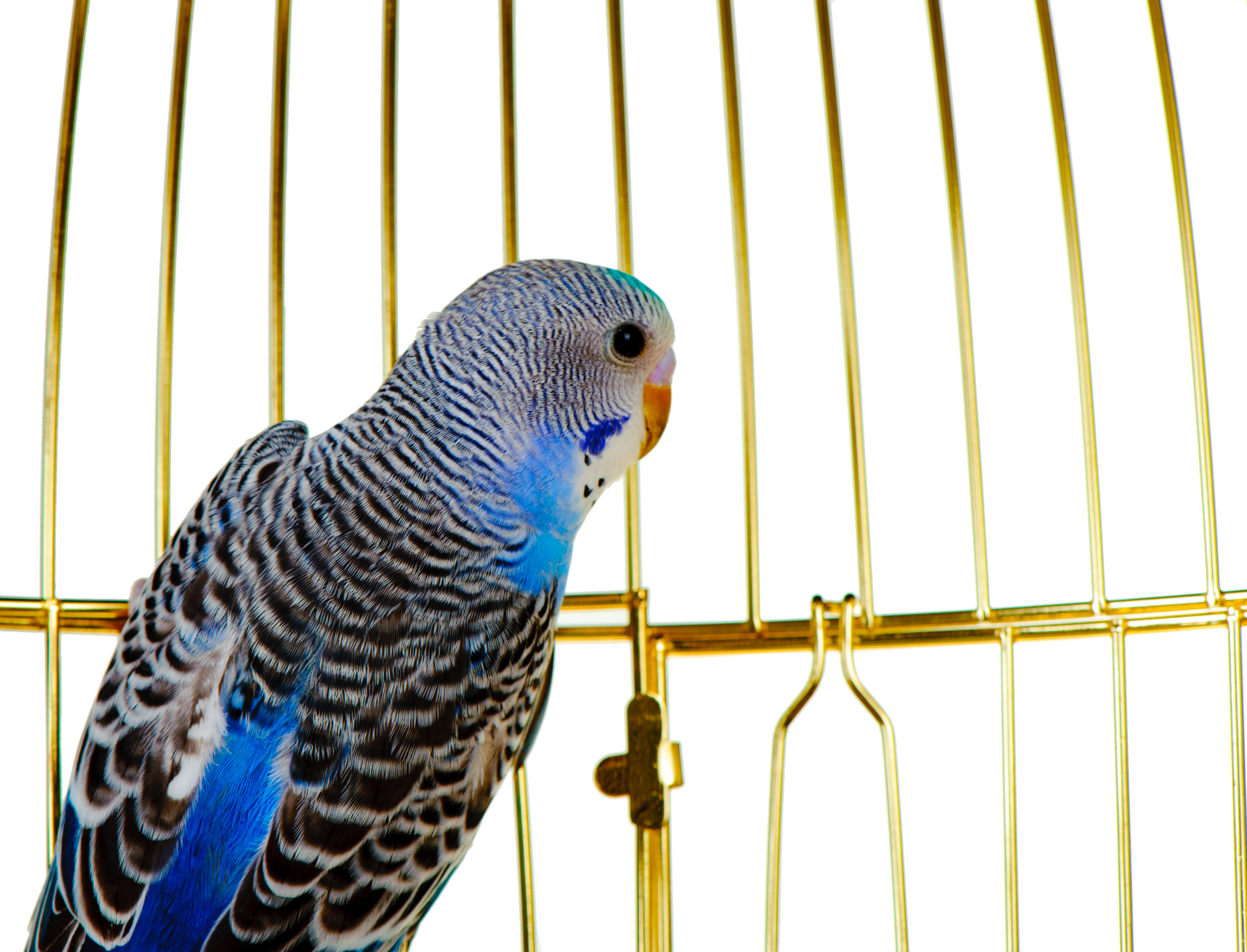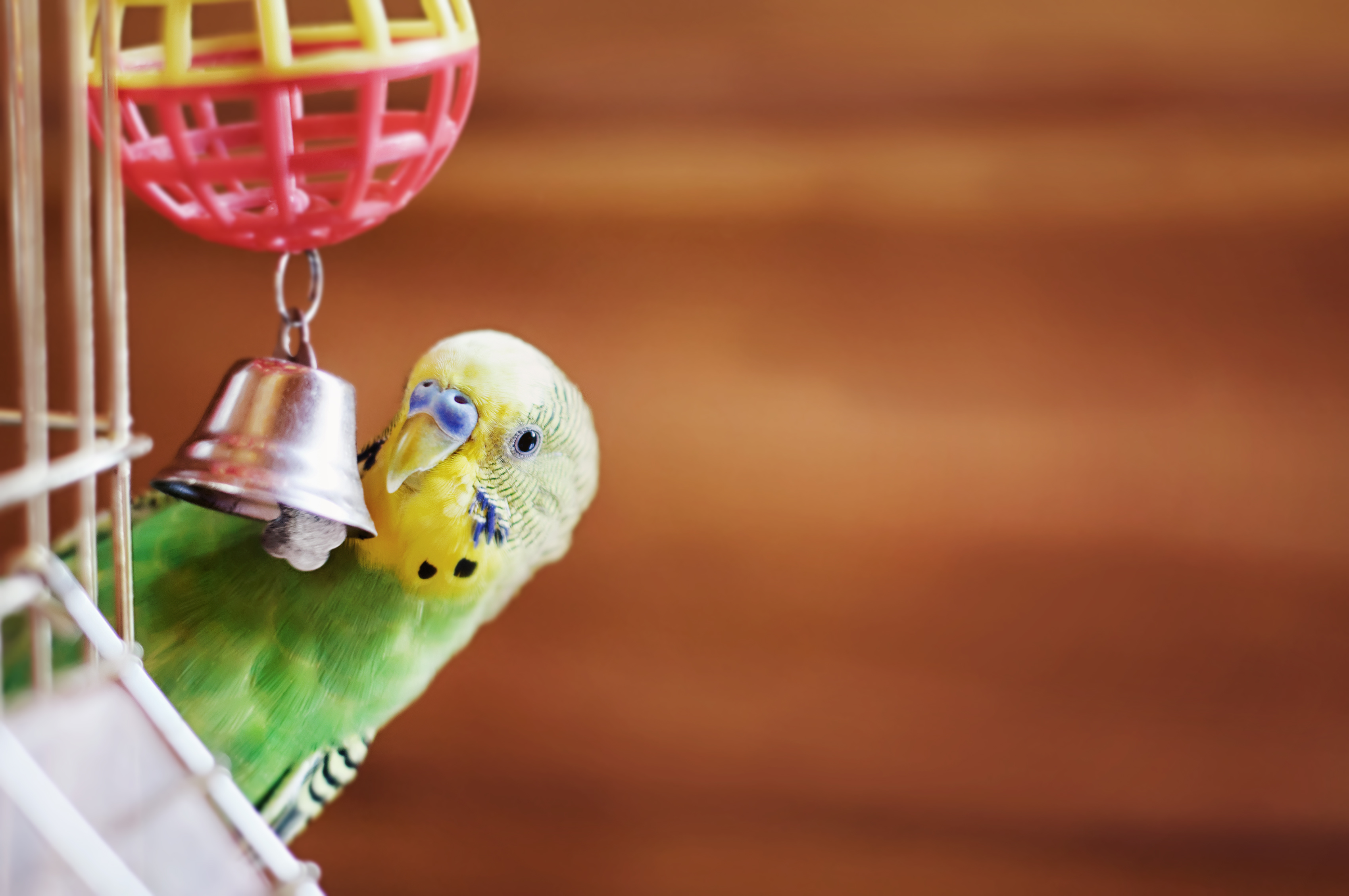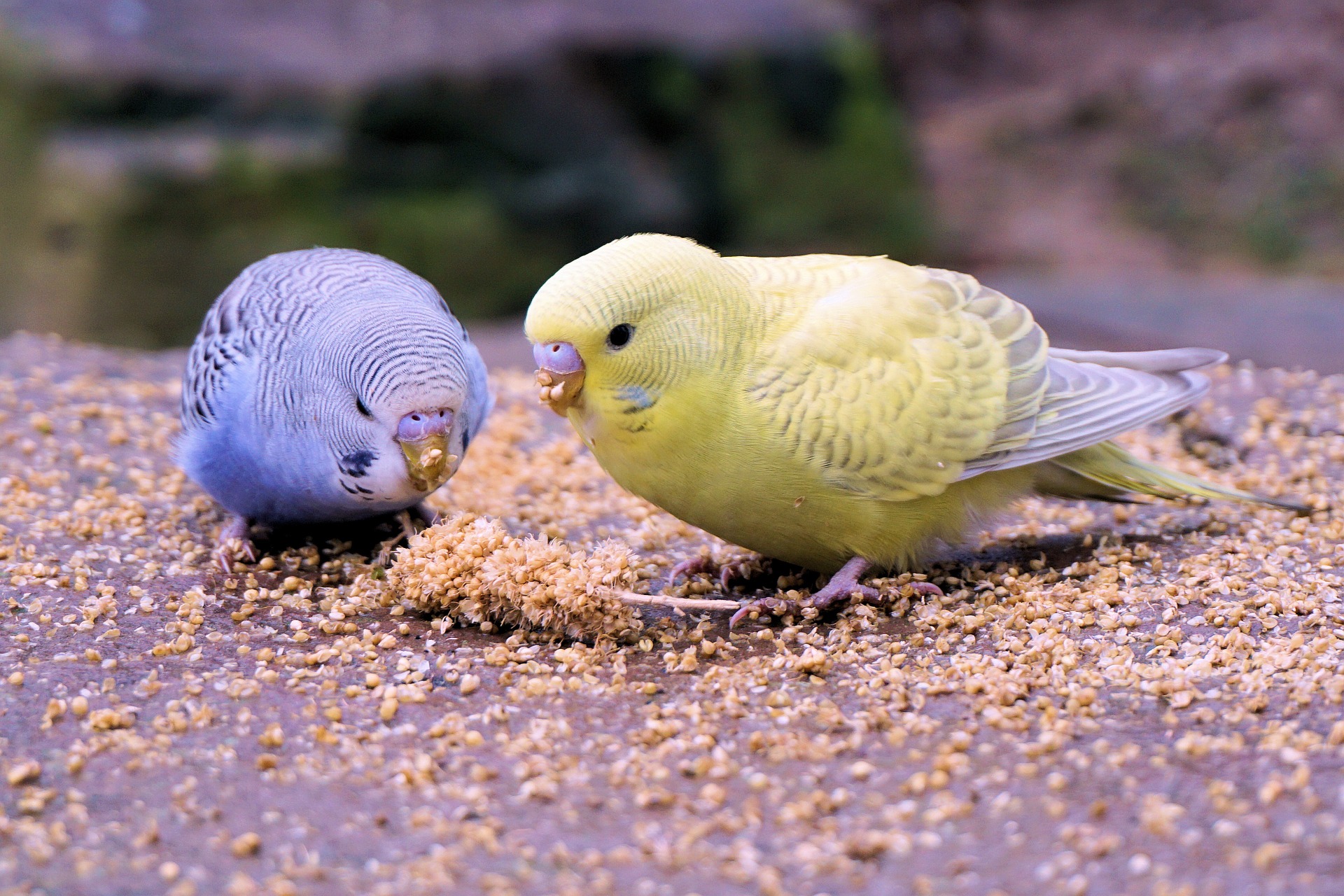Time to Branch Out
Erik J. Martin //April 6, 2017//
You can’t exactly put yourself “in a bird’s shoes.” But imagine how their feet must feel gripping the same cylindrical surface day after day.
Now imagine how you can capitalize on educating customers about how to avoid this fatigued foot fate. By stocking a wider array of perches and related accessories in your store and taking time to talk to shoppers about the importance of perch variety in their cages, you can not only improve your bottom line, but you can also increase comfort and health on the bottom of the foot for plenty of pet birds.
If you’re determined to pay closer attention to perches, start by scrutinizing your set and determining which types and materials are worthy. That means saying no to cheap dowel and plastic perches and making more space for suggested products in this subcategory, including those made from natural woods like Java, coffee wood and Manzanita; ropes made from cotton and sisal; and sand, cement, bark or shell-textured pedicure perches that help trim the pet’s nails.
Trends Underfoot
Michael Acerra, marketing representative for Hauppauge, New York-headquartered Penn-Plax Pet Products, says the perch subcategory has changed noticeably from years past.
“The industry is trending more toward natural and natural-looking products and away from the bright colors and sparkle finishes that have dominated in the past,” Acerra said.
There’s also been a mass migration away from the “one-size-fits-all” perch philosophy.
“Bird retailers need to convey to the customer that there’s no such thing as a simple ‘cockatiel perch’ or ‘macaw perch,’” said Melanie Allen, avian product specialist with Rolf C. Hagen USA Corp. in Mansfield, Massachusetts. “Birds need a variety of diameters in perches to maintain healthy muscle tone in their feet and prevent arthritic or bumblefoot conditions, which is why natural tree branch-style perches are recommended.”
Case in point: Hagen’s HARI brand Coffeewood Branch side-mount perches, made from aged coffee trees, offer warm and secure footing for bird feet as well as irregular shapes and variable diameters to promote foot health.
Most consumers, Allen explained, are likely not aware that rope or sisal perches are ideal for sleeping, “as they provide secure footing and are easy on the bird’s feet.”
“I like to compare this to humans who kick off their work shoes at the end of the day and switch to our more comfortable soft slippers,” she said.
Storytelling Secrets
That’s the kind of metaphor that can get a shopper’s attention and which should be part of an overall narrative you can use to get patrons to better understand the significance of perch variety within the avian habitat.
“We’re constantly reinforcing to our customers the importance of having different perch surfaces and sizes in the cage,” said Chris Luberski, manager at Delran, New Jersey-based Todd Marcus Birds Exotic, which exclusively carries SKUs from Polly’s Pet Products, including the manufacturer’s Twister Perches, Manu Mineral Perches and natural hardwood perches. “We’re also consistent on recommending that they rotate each perch every few weeks and replace them at regular intervals. That means every six to eight months for natural wood and sisal or rope perches, and once a year for pedicure perches.”
Luberski advises having multiple perch levels within the enclosure and the right material for each level.
“We advise a rope perch up high, which is where 90 percent of birds sleep, a cement perch for a level just below and wood perches for the level where food and water dishes are and for the level just below that,” Luberski said. “We also suggest using a soft rope perch with a bendable inner wire that lets you twist the rope into a spiral shape—providing fun and exercise for the bird.”
Additionally, never forget the golden rule from the church of perch: Take these products out of their packaging and use them in your store.
“The best way to promote and sell these products is to use and display them within your cages featuring birds for sale,” Acerra said. “Additionally, make sure the cages are clean and attractive and filled with plenty of accessories and toys,” which makes perches appear like a natural fit within the avian environment.
Added Flair
Caterina Novotny, director of sales and marketing for Prevue Pet Products in Chicago, cautions retailers not to overlook perch-related accessories in their set, either, including ladders, perch swings and activity centers with built-in perches or ladders—such as Prevue’s hanging Coco Hideaway with Bird Ladder.
Foraging perches that can be filled with treats, fibers or nesting materials—like the Calypso Creations Hide and Seek, also by Prevue—fit the bill, too.
“These are great add-on items for retail stores to sell, and the popularity of these products has grown impressively over the last few years,” Novotny said.
Terry Gao, president of Baltimore-based Caitec Corporation, agrees.
“Bird owners have become more aware of their pets’ needs for stimulating activities,” explained Gao, whose company developed its suction cup-secured and outside-the-cage Window Play Center to cater to this particular need. “Products like play centers with perches expand self-entertainment opportunities.”
